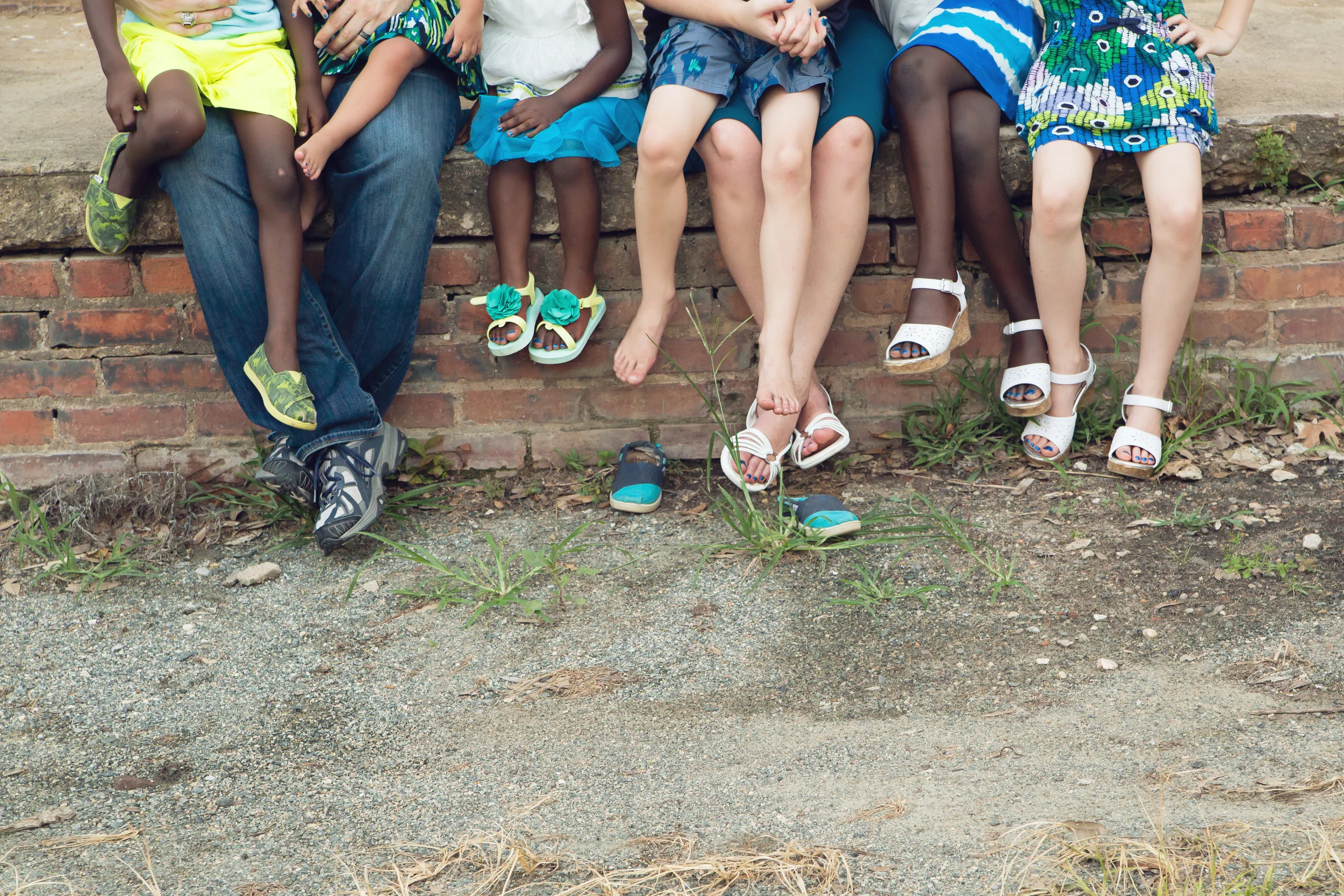so you must know a lot about cerebral palsy, right?
/
Nope.
My MAEd is in special ed, but my concentrations were
learning disabilities and autism. I taught special education for four-ish
years, but the preschool I was at focused on kids with developmental delays and
fetal alcohol syndrome and my middle and high school teaching experience was
mostly to kids with learning disabilities, ADHD, behavioral/emotional
disturbances, and mild intellectual disabilities.
I'm not incredibly familiar with brain injuries or abnormalities. Physical disabilities aren’t a world I know well, though I
technically would be classified by some medical professionals as having a mild
degree of physical disabilities in my hands due to damage for rheumatoid
arthritis. And my experience with people with intellectual
disabilities is limited. (Learning
moment for today: “intellectual disability” is the new term for what we used to
call “mental retardation.”)
So what outcome are we looking at for Zoe Amanda? Some degree of physical impairment with a
possible side of intellectual disability.
(Can you tell from my metaphor that I’m hungry? Planning for
this baby has me wanting to stress eat without the justifiable excuse – It’s for the baby! – for it.)
(Though, considering that I gained more than I should have
with my two pregnancies, perhaps that excuse wasn’t so justifiable then
either.)
We’ll be setting up an appointment soon with one or more
medical professionals to review Zoe Amanda’s MRIs, but the three top pediatric neurosurgeons
who have already seen them (before we knew anything about her) have each
confirmed that the range of possibility is wide for her. On one end of the
spectrum, she could be in a wheelchair and have mild-moderate intellectual
disabilities (as a point of comparison for you, most people with Down syndrome
who have intellectual disabilities fall in the mild-moderate range). On the
other end, she could have typical cognitive functioning and a limp.
Here’s a good link describing
CP, and I think the liberal use of “sometimes,” “different,” and “may affect”/”may
occur” show well how varied CP outcomes can be. The root of CP is always in the
brain, caused by injury or abnormalities that occur in utero, during birth, or
in the first two years of life. Zoe Amanda was born at 30 weeks gestation –
that’s 10 weeks early – and while lots of babies with CP are preemies, recent
research indicates that the brain issues could cause the prematurity or the
prematurity could cause the brain damage. It’s one of those, “which came first,
the chicken or the egg?" sort of things.
(And now I’m hungry
for chickens or eggs.)
We know that Zoe Amanda’s CP is caused by several small
areas of periventricular leukomalacia (PVL) that are spread out in her brain.
Peri-what? you
say?
Here’s a link
for you other research-loving nerds, but my best description is that she has
small areas of dead or underdeveloped brain tissue. The fact that they’re small
instead of big and spread out instead of all concentrated in one area could be
a good thing. Or maybe not. Basically, brains are complex, and a small boo-boo
in a crucial spot can affect someone just as much as a big boo-boo in a less
vital area.
We’ll know more after reviewing her MRIs with people who know what they mean, but the best
indicator of how she’ll develop is how she develops throughout her preschool
years. Right now, she’s responding well to caregivers and, other than some
muscular tightness in her upper thighs, seems to be developing typically so
far; she’s only three-and-a-half months old, though, so only time will tell
what the outcomes will be for her.
In other words, right now we have a diagnosis; we won’t have
a prognosis until Zoe grows more and shows us what she can and can’t do.
For now, we’re trusting God with the unknown, and we’re
thankful that He has called us to adopt so that “having a family” is one thing
she can do.
